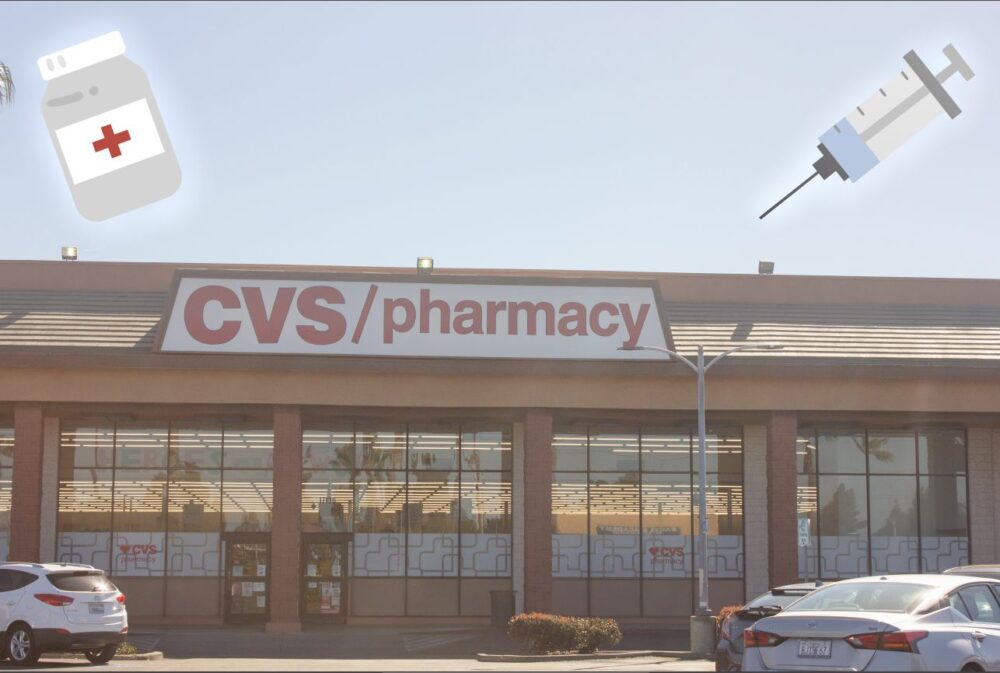
By Arden Nguyen & Katy Nguyen
Over a year has passed since the COVID-19 pandemic began in the United States, and efforts to vaccinate the entire population are underway as new strains emerge and the number of deaths surpasses half a million.
The two vaccines that are currently authorized for use by the Food and Drug Administration (FDA) are manufactured by Moderna and Pfizer-BioNTech, both of which have two doses.
The FDA also recently authorized Johnson & Johnson’s one-dose vaccine, as trials have shown it to be highly effective against mild to extreme COVID-19 infection. It has yet to be delivered to vaccination sites.
According to the Centers for Disease Control and Prevention, over 48 million people nationwide have been vaccinated with at least one dose, while around 23 million people have had two doses. Both numbers continue to increase daily.
Compared to states like West Virginia and Alaska, California lags behind in terms of vaccine distribution.
In Los Angeles and Orange Counties, limited supply has led to the closures of some vaccination sites.
Vaccine rollouts in Los Angeles County have provided difficulty for those 65 and older to even get their first dose, let alone their second. Of the 4.4 million doses needed to vaccinate those eligible, only 1.28 million were received to be administered.
Low-income neighborhoods in Orange County with a high Latino population have especially been impacted by the lack of vaccines available.
In Phase 1A, the first group to receive the vaccine included healthcare workers and people living in long-term care facilities. Currently, in Phase 1B, eligibility has been expanded to people 65 and over, educators and those who work in childcare, food and agriculture, or emergency services. However, limited supply is a persistent obstacle that has prevented many in Phase 1B from getting vaccinated while people in Phase 1A have the utmost priority.
The next group to receive the vaccine in Phase 1C, if there are enough available, will be disabled or high-risk individuals from 16 to 64 years of age, starting March 15. Medical conditions that constitute high risk are outlined here.
Some Fountain Valley High School teachers have already received at least one dose of the vaccine, while the majority are waiting for their turn. Social studies teacher Jeremy Robinson, who recently received his first dose of the Pfizer shot, sees vaccinating teachers as key to returning to in-person learning.
“I think it’s good that teachers are getting the shot,” Robinson said. “Teachers need to be in the classroom and students need to be there as well to maximize their learning time.”
Beginning in March, California will reserve 10% of the vaccines it gets each week for teachers and other school employees. Appointments will be prioritized for those who are already in-person or will shortly return to in-person teaching, along with teachers in underserved areas.
In Orange County, educators are included in a group of professions that will receive 30% of the county’s vaccines.
As the following months come around, vaccine availability is expected to expand to include more groups and new vaccines are looking hopeful to be administered to the public. California expects to vaccinate most of the state’s population by summer.
Dr. Anthony Fauci, director of the National Institute of Allergy and Infectious Diseases, is hopeful that by April, there will be an “open season” in which anyone can receive the vaccine.
In the meantime, if you or someone you know is eligible for the vaccine and would like to make an appointment, visit the Orange County Health Care Agency’s website to see your options.





